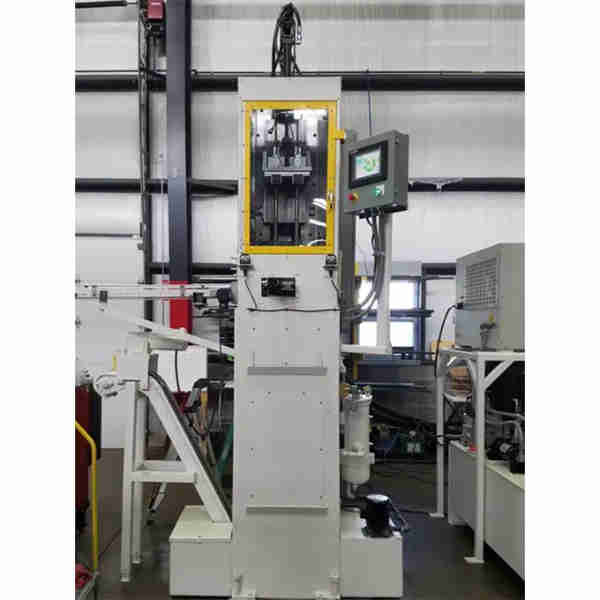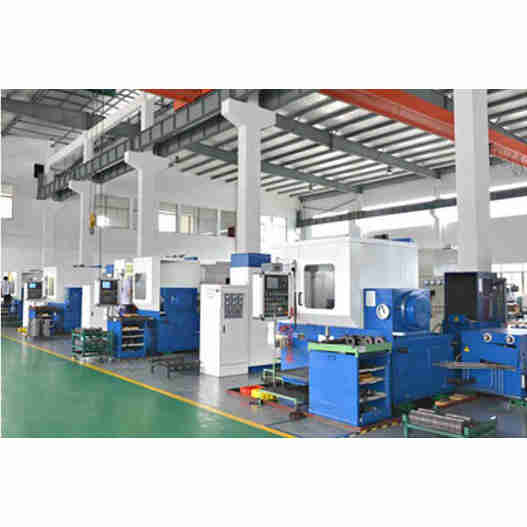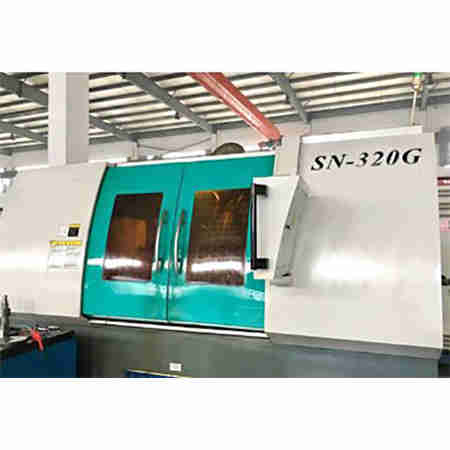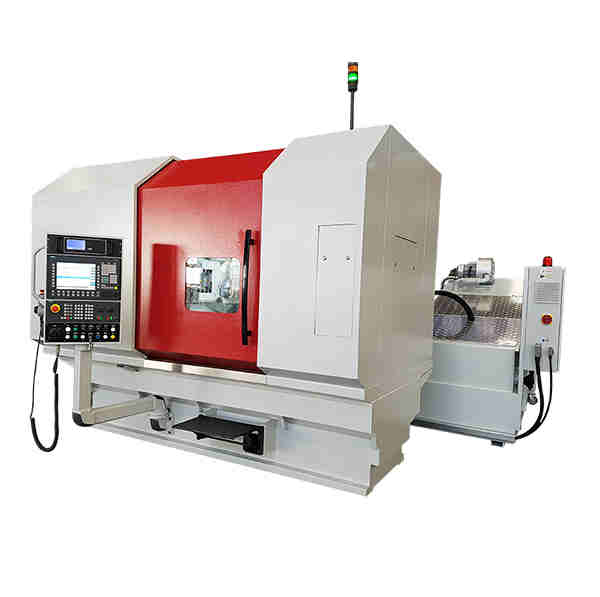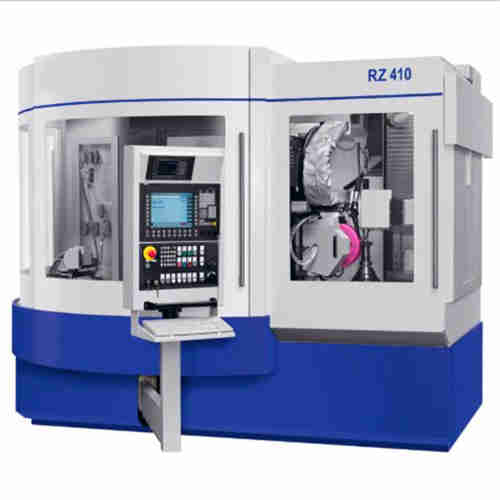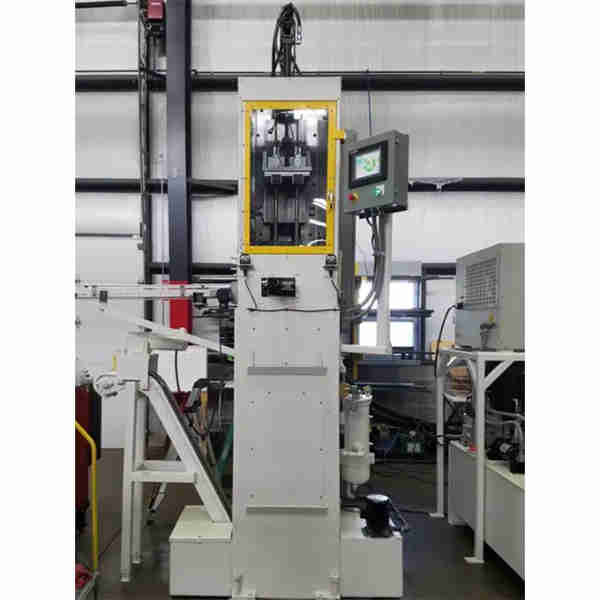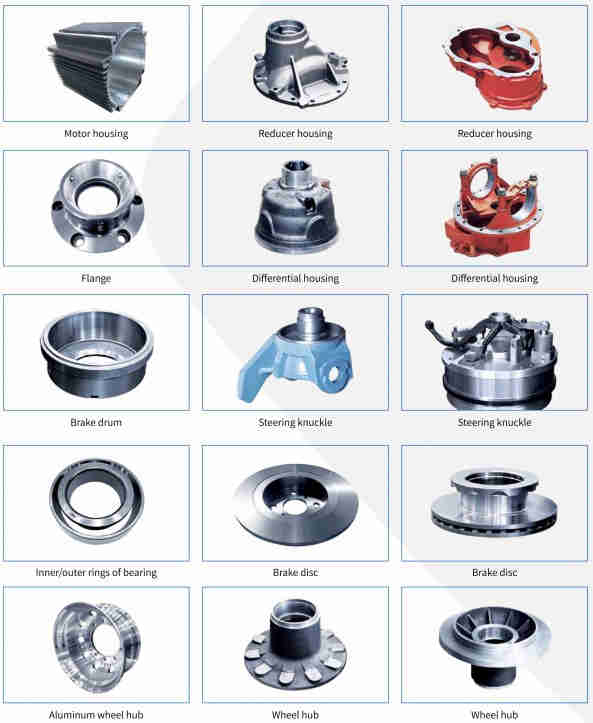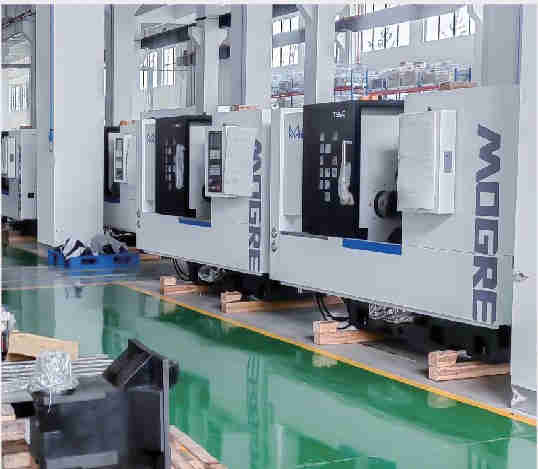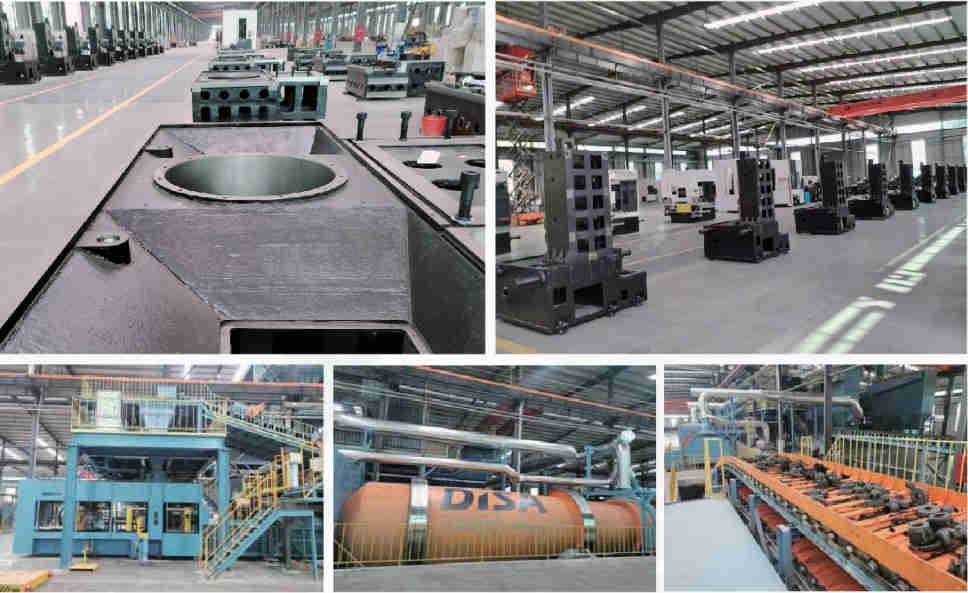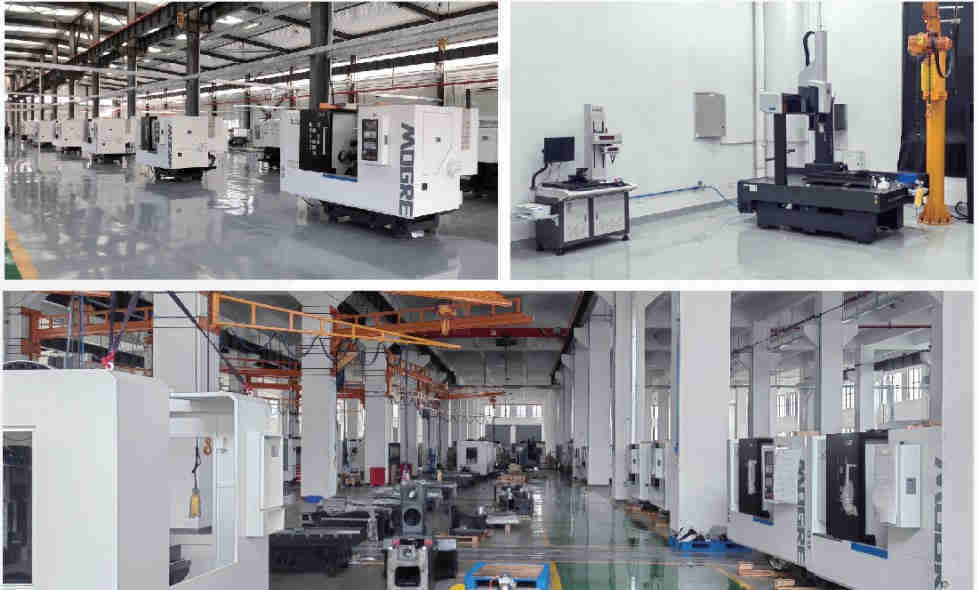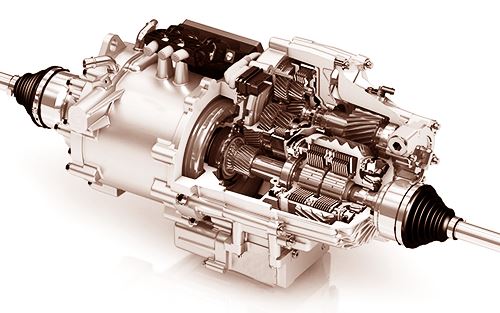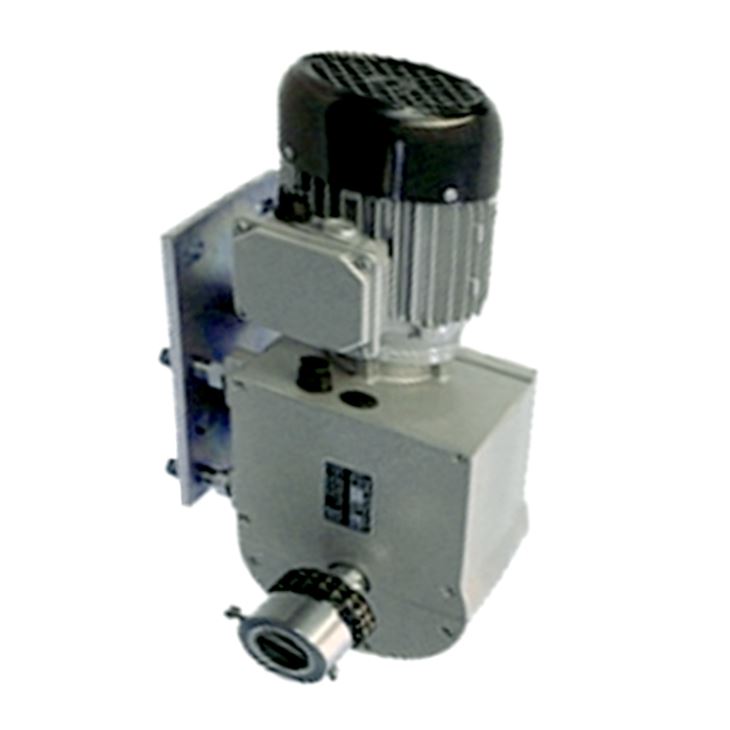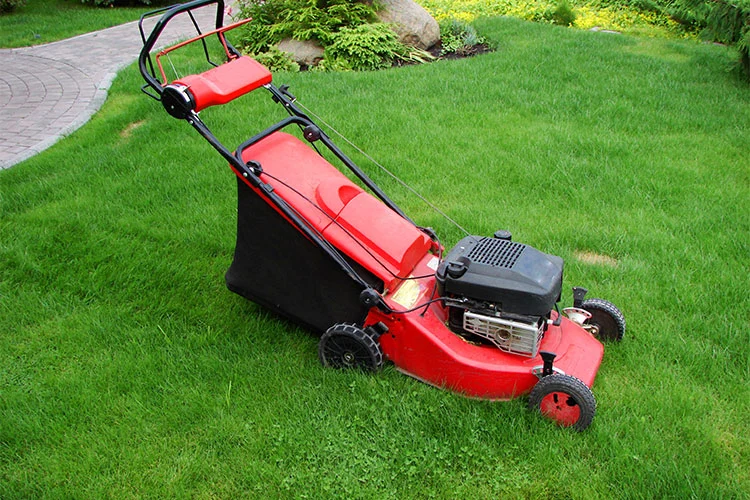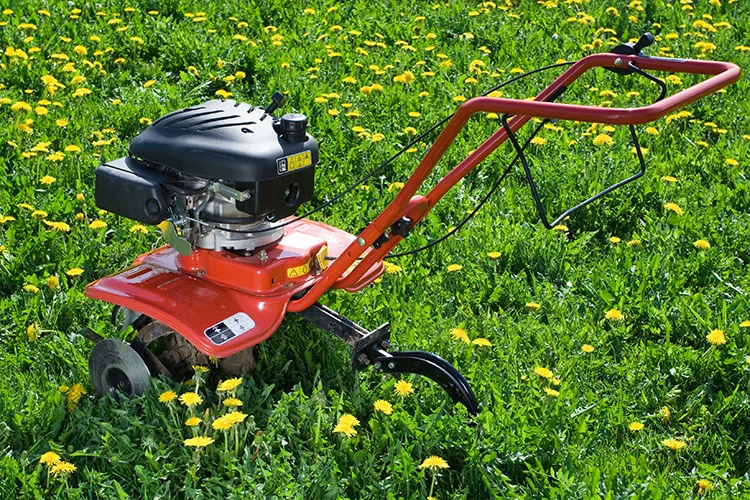Here are some key features and aspects of vertical broaching machines:
1. Vertical Orientation: Unlike horizontal broaching machines, which perform broaching operations in a horizontal orientation, vertical broaching machines have a vertical configuration. This means that the broach tool moves vertically while the workpiece remains stationary or is clamped in place.
2. Broaching Tools: Vertical broaching machines use various types of broach tools, including keyway broaches, spline broaches, internal broaches, and external broaches. These tools have cutting teeth or profiles that are designed to remove material and create the desired shape or feature on the workpiece.
3. Pull-Type or Push-Type: Vertical broaching machines can be categorized as either pull-type or push-type machines based on the direction of force applied to the broach tool. Pull-type machines pull the broach tool through the workpiece, while push-type machines push the broach tool against the workpiece. The choice between pull-type or push-type depends on the specific application requirements.
4. Broach Tool Movement: Vertical broaching machines typically use a hydraulic, mechanical, or electric actuation system to move the broach tool vertically. This movement can be controlled manually or with the assistance of automation, depending on the machine's design and capabilities.
5. Workpiece Fixturing: Workpieces in a vertical broaching machine are typically fixtured or clamped in place to ensure stability during the broaching operation. Fixturing methods may include hydraulic or mechanical clamping systems, vices, or custom fixtures designed specifically for the workpiece geometry.
6. Cutting Speed and Feed Rate: The cutting speed and feed rate in a vertical broaching machine can be adjusted based on the material being machined, the type of broach tool, and the desired surface finish. These parameters affect the efficiency and quality of the broaching process.
7. Coolant and Chip Management: Vertical broaching machines may incorporate a coolant system to lubricate and cool the broach tool during the cutting process. Additionally, chip management systems, such as chip conveyors or chip pans, are utilized to remove chips and debris generated during broaching.

- Home
- About Us
- Products
- Motors
- Sprockets
- Chains
- Pulley
- Gearboxes
- Screw Jacks
- PTO shafts
- Hydraulic Cylinder
- Gear
- Gear & Racks
- Coupling
- Wheel Hub
- Axles
- Air Compressor
- Vacuum Pump
- Agricultural parts
- Machining Lathe
- Sensor
- Other
- BN gearbox
- Agricultural Gearboxes
- Sprocket and chain
- Universal Joint
- trailer
- Taper Bushes
- Speed variator
- shaft collars
- Ungrouped
- Agricultural Equipment
- Rotary Cutter Gearbox
- Fertilizer Spreader Gearbox
- Rotary Tiller Gearbox
- Flail Mower Gearbox
- Rotary Mower Gearbox
- Disc Mower Gearbox
- Post Hole Digger Gearbox
- Feed Mixer Gearbox
- Round Baler Gearboxes
- Square Baler Gearboxes
- Hydraulic Drive Gearbox
- Rotary Rake Gearboxes
- Center Pivot Irrigation Gearboxes
- Orchard Sprayer Gearbox
- Potato Harvester Gearbox
- Silage Machine Gearboxes
- Corn Header Gearboxes
- Combine Harvester Gearbox
- Grain Storage Gearbox
- Grain Transportation Gearbox
- News
- Download
- Send Inquiry
- Contact Us

